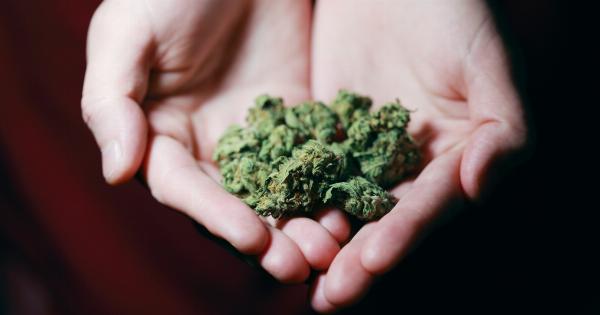When it comes to treating pain, taking medication is often the first course of action. While painkillers can help alleviate pain, they can also have side effects when not taken as directed.
Combining painkillers with alcohol is one practice that can have dangerous consequences. Read on to learn about the risks of combining painkillers and alcohol.
What Are Painkillers?
Painkillers are drugs that are used to alleviate pain. They can come in many forms, including over-the-counter medication like aspirin and ibuprofen or prescription medications like oxycodone or morphine.
Painkillers work by blocking signals to the brain, so the pain sensation is decreased or eliminated. However, painkillers can also have side effects when not taken as directed.
What Happens When You Combine Painkillers and Alcohol?
Combining painkillers and alcohol can have a variety of dangerous effects on the body. When taken together, painkillers and alcohol can increase the risk of liver damage, stomach bleeding, and other gastrointestinal issues.
They can also impair an individual’s motor skills, judgment, and reaction time, making it dangerous to operate machinery or drive a vehicle.
In some cases, combining painkillers and alcohol can be fatal. The risk of overdose is also increased with the combination of these substances. Some painkillers, particularly opioids like oxycodone, can cause respiratory depression at high doses.
When combined with alcohol, the risk of respiratory depression is increased, which can lead to coma or death.
Risks of Combining Specific Painkillers and Alcohol
While all painkillers come with the risk of side effects, some specific painkillers can have more significant risks when combined with alcohol. Here are some specific painkillers and their risks when combined with alcohol:.
Acetaminophen
Acetaminophen is a pain reliever and fever reducer commonly found in over-the-counter medications like Tylenol. When taken as directed, acetaminophen is safe and effective.
However, combining acetaminophen with alcohol can increase the risk of liver damage. Both acetaminophen and alcohol are metabolized in the liver, and together, they can cause liver damage or failure.
Nonsteroidal Anti-inflammatory Drugs (NSAIDs)
NSAIDs like ibuprofen and aspirin work by blocking the production of prostaglandins, which are responsible for causing pain and inflammation.
However, when combined with alcohol, NSAIDs can increase the risk of stomach bleeding and other gastrointestinal issues. NSAIDs alone can cause stomach ulcers, and when combined with alcohol, the risk of ulcers and bleeding is increased.
Opioids
Opioids are powerful painkillers that can be highly addictive. They work by binding to specific receptors in the brain and spinal cord, decreasing pain perception. However, opioids can also cause respiratory depression at high doses, which can be fatal.
When opioids are combined with alcohol, the risk of respiratory depression is increased, which can lead to fatal overdose.
How to Avoid the Risks of Combining Painkillers and Alcohol
The best way to avoid the risks of combining painkillers and alcohol is to avoid drinking alcohol while taking pain medication.
If you are prescribed pain medication, talk to your doctor about the risks associated with taking the medication and whether it is safe to drink alcohol while taking the medication. If you are taking over-the-counter pain medication, read the label carefully and avoid drinking alcohol if the label warns against it.
It is important to take pain medication as directed and to avoid taking more than the recommended dose. If you experience side effects from pain medication, talk to your doctor about adjusting the dose or finding an alternative treatment.
In Conclusion
Combining painkillers and alcohol can have dangerous consequences, including liver damage, stomach bleeding, impaired motor skills, and an increased risk of overdose.
If you are taking pain medication, talk to your doctor about the risks associated with the medication and whether it is safe to drink alcohol while taking the medication. To avoid the risks of combining painkillers and alcohol, it is best to avoid drinking alcohol while taking pain medication and to take medication as directed.






























